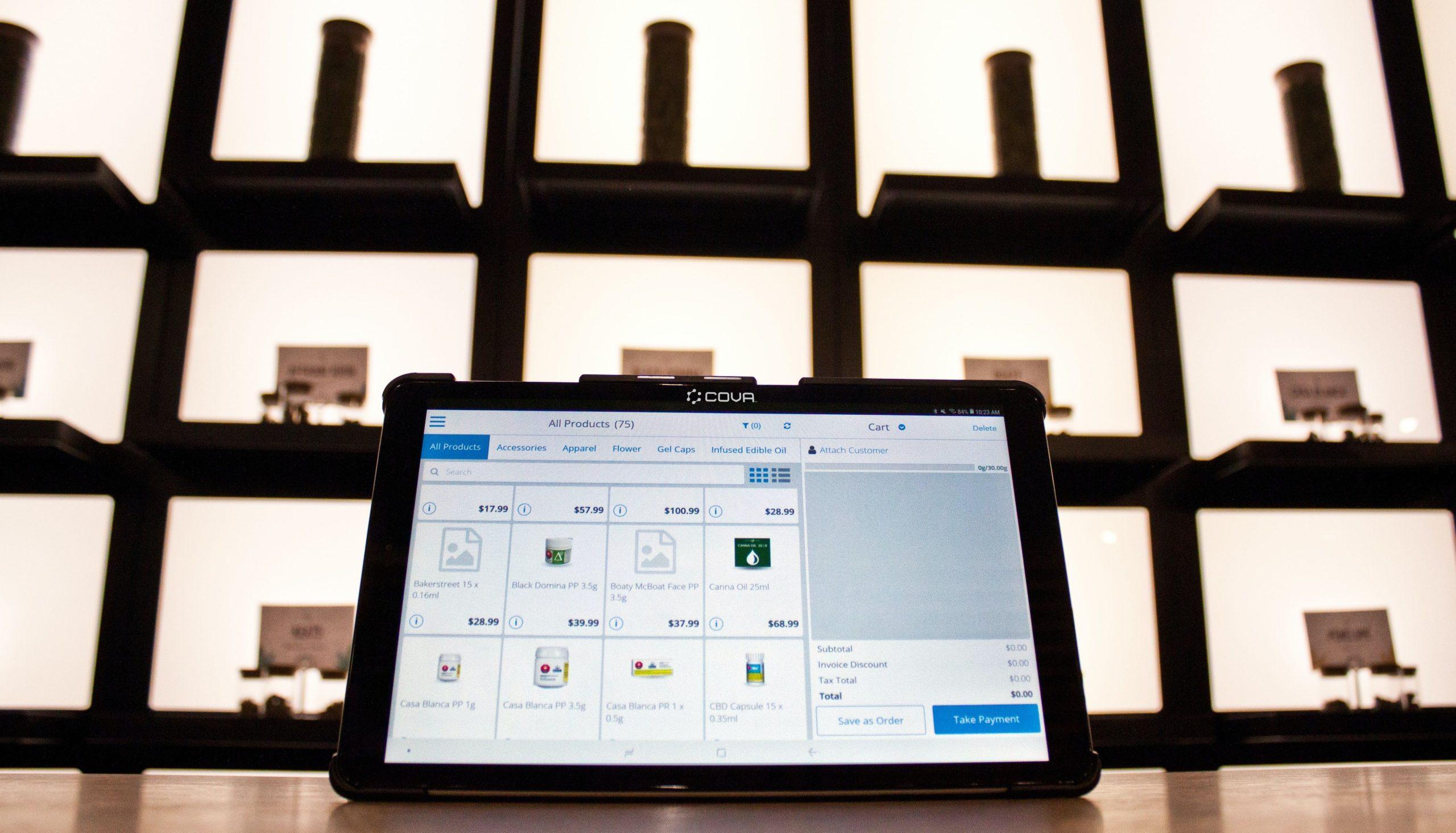
The customer experience (CX) is crucial for any business, but often it’s not treated that way.
Yet its importance can be summed up with one simple question…
If there are many similar services, products, and companies to yours, why should someone choose you and keep coming back to you?
Generally, it comes down to the customer experience.
As soon as your brand reaches someone, they’re enrolled in your unique CX.
Whether they see an ad, visit your website, or buy a product or service, their experience ultimately affects their perception of your brand and company.
And every interaction they have with your business either adds to or detracts from their CX.
If it’s a poor experience – or dramatically different ones for repeat customers – your audience will disengage.

A solid CX is so crucial. Credit: Cova Software on Unsplash.
Intentional Customer Experience
This isn’t simply about creating pretty pictures or snappy jingles – it’s about designing an intentional customer experience that addresses their needs and wants and guides them through the journey with ease.
Why invest in this? Because CX affects your bottom line. It’s how you attract more customers, retain them, and get them to tell all their friends how amazing your business is.
A whopping 80% of consumers say they expect brands to have a consistent message and appearance across all their digital platforms, according to the Acquia 2021 Customer Experience Trends Report.
So, you need a CX strategy that’s not only seamless – or at least as smooth as possible – but driven by consistency.
From the tone of your emails to the message in your invoices to the way you answer the phone, it all says more than you think.
Yet so many companies are missing the boat with their CX strategy. Here are some of the reasons that’s happening.

Top tip: Create a detailed CX strategy. Credit: Daria Nepriakhina on Unsplash.
Weak Understanding of Customers
Developing a genuine relationship with your customers relies on exchanging information.
This doesn’t mean bombarding your audience with email, text, or social media comms. It involves research, listening, and gathering information.
After all, customers are the reason you’re in business, so getting clarity about how you solve the problems they’re facing is step number one.
Buyer personas help with this. They are formed via a collection of data that represents the average customer you serve – although many businesses have multiple buyer personas. And this knowledge is insanely powerful when applied correctly.
Once the motivations, problems, and needs of each persona are known, messaging and experience can be tailored to speak in a language, tone, and style that match.

Bombarding customers with broad comms is not the answer. Credit: Jonas Leupe on Unsplash.
Lack of Measurement for Customer Experience
Surprisingly, most organisations don’t measure the customer experience at all.
In fact, some skip the whole suite – without regular customer feedback loops, satisfaction surveys, or NPS scores.
Figuring out where your company stands with its CX is critical to identifying what needs to be improved. And many companies struggle to know which factors matter most.
Some of the best ways to measure CX are customer journey touchpoints, churn rates, satisfaction scores, or complaints.
Major milestones have big impacts, like the onboarding experience, follow-up communications, customer activation processes, and speedy responses.
Getting a pulse on these elements will help businesses to understand their current CX and identify options for improvement.

Identifying key touchpoints is essential to a smooth CX. Credit: UX Indonesia on Unsplash.
Breaking Down Internal Silos
There’s another problem, and we’ve all seen it play out before…
Sales blames marketing for a lack of leads and marketing blames sales for a lack of conversions.
Or product drives innovations and customer service is swamped with support issues.
The blame game is common inside organisations, even though everyone shares the same vision. The road to driving growth can have different paths for different departments.
But this is where a poor customer experience begins.
Organising the company and each department across a shared customer vision is the start of better CX.
Sharing data across departments is critical to informing the master CX. When the customer service team knows where people get stuck, relaying these insights back to product teams is critical for change. It all leads to improved customer satisfaction.

A shared CX vision is crucial to business success. Credit: Headway on Unsplash.
The Role of Tech
Managing information ad hoc leads to gaps. But there’s one central solution that will save the day – technology.
It’s led by Customer Relationship Management (CRM) tools. They are a key cog in helping businesses to interact with customers as well as automate and streamline processes.
Tying up the customer experience journey are Revenue Operations (RevOps).
This management model blends teams across all facets of the business that serve your customers, and is a valuable part of the overall picture.
You can learn all about this in our eBook, ‘Unpacking the Mysteries of RevOps’.
Remember, your customers are supremely critical to the success of your business. They must be treated as such.

CRMs blend intelligence both online and offline.
Need More Help?
Looking for support to improve your business’ customer experience? Reach out to the gun team at Hunt & Hawk to make it happen.
Contact us at dare@huntandhawk.com or book a time to chat.
For more marketing, branding, and sales tips and insights and plenty else, keep exploring our blog.





